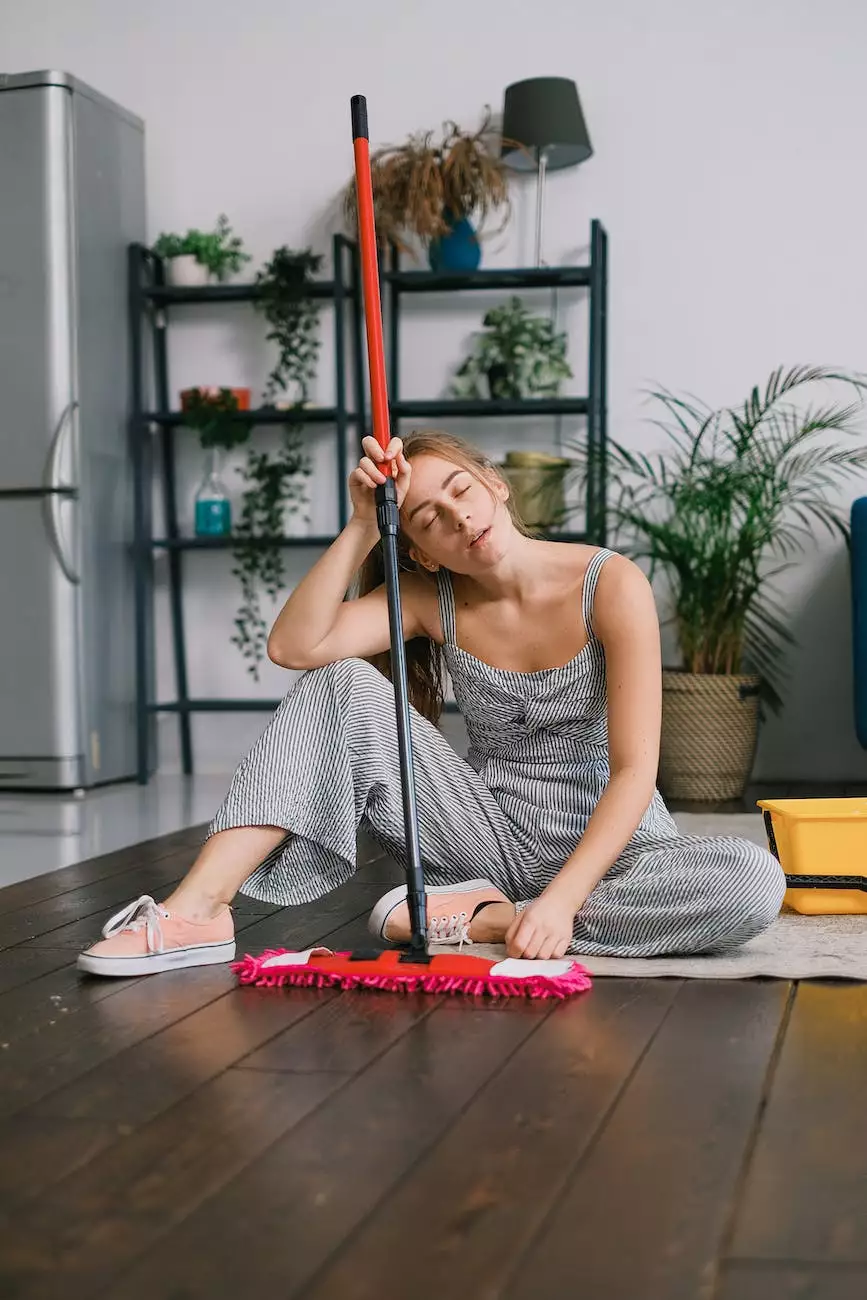Bedroom Settings for Quality Sleep
Blog
Create a Restful Sleep Environment
Quality sleep is essential for overall health and well-being. Creating a restful sleep environment in your bedroom can significantly improve the quality of your sleep. At Naab Road Surgical Center, we understand the importance of a good night's rest and the impact it has on our physical and mental health. That's why we are here to provide you with expert tips and recommendations to optimize your bedroom settings for quality sleep.
Choose the Right Mattress and Pillows
The foundation of a comfortable sleep environment starts with choosing the right mattress and pillows. Your mattress should provide adequate support and alignment for your body. Opt for a mattress that suits your preferred sleeping position and offers proper back and spinal support. Additionally, invest in pillows that cater to your specific sleeping needs, whether you prefer firm or soft support.
Control Bedroom Lighting
Creating the right ambiance in your bedroom is crucial for promoting quality sleep. Natural light during the day can help regulate your circadian rhythm, so make sure to have sufficient daylight in your bedroom. At night, minimize artificial light sources and opt for softer, warm-toned lighting to signal your body that it's time to wind down. Consider using blackout curtains or blinds to block out external light sources that may disrupt your sleep.
Temperature and Humidity
Proper temperature and humidity levels are vital for a comfortable sleep environment. Keep your bedroom cool, ideally between 60-67 degrees Fahrenheit, as a cooler room temperature promotes better sleep. Use a fan or air conditioner to achieve the desired temperature. Additionally, maintain a balanced level of humidity between 30-50%. Dry air can cause discomfort and potentially disrupt your sleep, while excessive humidity can lead to dampness and increased allergen levels.
Minimize Noise and Distractions
A quiet and peaceful bedroom environment is essential for uninterrupted sleep. Minimize noise and distractions as much as possible. Invest in earplugs or use a white noise machine to mask unwanted sounds. Consider moving electronic devices, such as televisions or computers, out of the bedroom or ensure they are completely turned off to avoid unnecessary distractions. Create a space that promotes relaxation and serenity.
Bedroom Colors and Décor
The colors and décor in your bedroom can influence your mood and the quality of your sleep. Opt for soothing, calming colors such as soft blues, greens, or neutrals that promote relaxation. Avoid vibrant, stimulating colors that can create a sense of alertness. Incorporate peaceful artwork and décor that contributes to a tranquil atmosphere. Keep your bedroom clean, clutter-free, and organized to enhance its overall calming effect.
Bedroom Technology and Sleep Apps
While it is advisable to minimize electronic devices in the bedroom, certain technologies and sleep apps can actually support quality sleep. Consider using sleep-tracking apps or devices that monitor your sleep patterns and provide valuable insights into your sleep quality. These tools can help you identify possible sleep disruptions and make adjustments to improve your sleep environment and habits.
Conclusion
Creating the perfect bedroom settings for quality sleep is a combination of various factors. By optimizing your mattress and pillows, controlling lighting, maintaining a comfortable temperature and humidity, minimizing noise and distractions, selecting calming colors and décor, and utilizing helpful sleep technologies, you can transform your bedroom into a sleep haven. At Naab Road Surgical Center, we are dedicated to improving your overall well-being, and we hope these tips will help you achieve restful and rejuvenating sleep every night.








